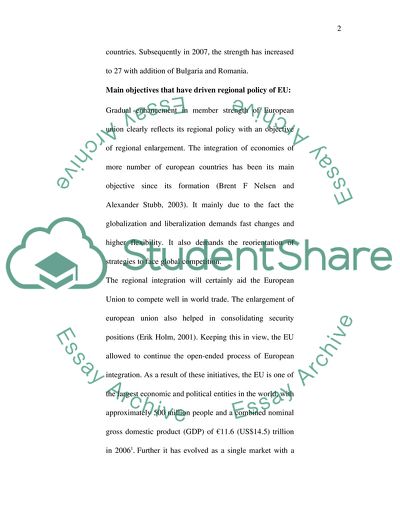Cite this document
(What Objectives Have Driven the Development of the EU's Regional Coursework, n.d.)
What Objectives Have Driven the Development of the EU's Regional Coursework. https://studentshare.org/politics/1707711-what-objectives-have-driven-the-development-of-eus-regional-policy-until-today-to-what-extent-is-the-policy-sustainable-in-the-wake-of-the-2004-enlargement-of
What Objectives Have Driven the Development of the EU's Regional Coursework. https://studentshare.org/politics/1707711-what-objectives-have-driven-the-development-of-eus-regional-policy-until-today-to-what-extent-is-the-policy-sustainable-in-the-wake-of-the-2004-enlargement-of
(What Objectives Have Driven the Development of the EU'S Regional Coursework)
What Objectives Have Driven the Development of the EU'S Regional Coursework. https://studentshare.org/politics/1707711-what-objectives-have-driven-the-development-of-eus-regional-policy-until-today-to-what-extent-is-the-policy-sustainable-in-the-wake-of-the-2004-enlargement-of.
What Objectives Have Driven the Development of the EU'S Regional Coursework. https://studentshare.org/politics/1707711-what-objectives-have-driven-the-development-of-eus-regional-policy-until-today-to-what-extent-is-the-policy-sustainable-in-the-wake-of-the-2004-enlargement-of.
“What Objectives Have Driven the Development of the EU'S Regional Coursework”. https://studentshare.org/politics/1707711-what-objectives-have-driven-the-development-of-eus-regional-policy-until-today-to-what-extent-is-the-policy-sustainable-in-the-wake-of-the-2004-enlargement-of.


